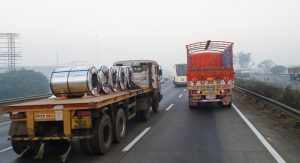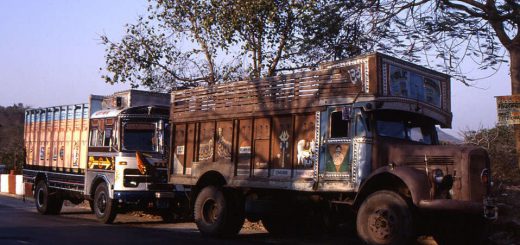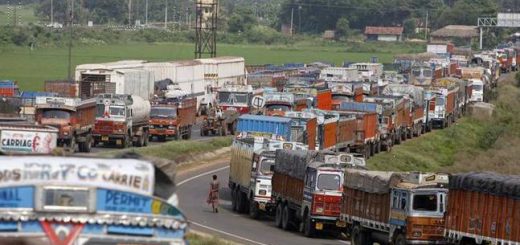Industrial demand drives tractor trailer boom
The proposed policy on scrappage of old trucks may still be two years away but there’s already an unofficial scrappage policy kicking in in the truck sector thanks to pressure from high volume corporate clients. According to truck marketers, top transport clients like e-commerce, pharma and durables companies are now insisting that the trucks ferrying their goods should not be more than 5 years old. “The demand for efficiency, faster turnaround time and safe transport of goods is prompting large fleet operators to migrate to heavy duty trucks in general and tractor trailers in particular,” said Volvo Eicher Commercial Vehicles MD Vinod Aggarwal. What’s more, turnaround time has reduced roughly by 15% thanks to GST and better roads so the demand for greater efficiency is more.
Tractor trailers have seen the highest growth in FY17-18 at around 60% (from 52,761 units to 84,205 units according to SIAM data). The entire truck market has seen a turnaround for just over a year as big fleet operators upgrade their trucks to make the most of the lower turnaround time thanks to GST. Said Sethu Bhagavathula, chief technology officer, Ashok Leyland: “Turnaround time has come down by 15% prompting larger fleet operators to invest in new technology trucks. Fleet operators have become more profitable thanks to GST with turnaround times coming down. All new age companies in pharma, e-commerce, durables and retail sector now insist that the truck should not be more than five years old. As a result multi-axles, tractor trailers and tippers are seeing top gear growth.’’
What have also helped are the new rules against overloading. “Overloading can lead to trucks being impounded or toll taxes being increased several times so fleet operators are now careful about that,’’ said Aggarwal. “Earlier the Rajasthan-UP sector was notorious for overloading but now even that sector is under control. Which is what’s making fleet operators upgrade their fleet.’’ Tippers are also in demand due to the infrastructure spend by the government, he added.





Recent Comments